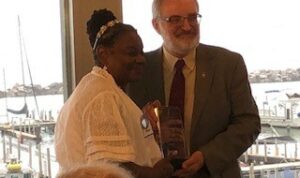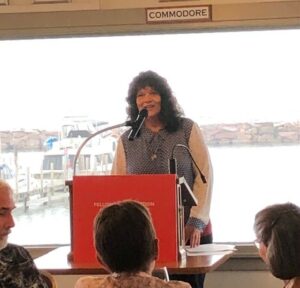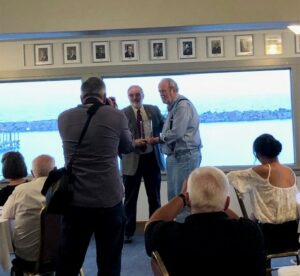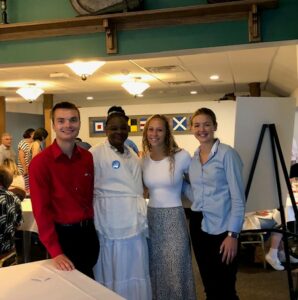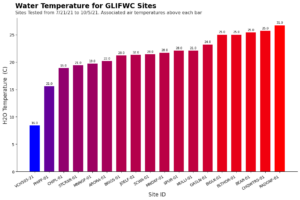Eat Your Heartland Out: You, Too, Can Be a Galley Steward

Eat Your Heartland Out is a Taste Awards nominated program about the intersection of food and culture in the American Midwest. The show is produced by the Heritage Radio Network, a leader in culinary audio storytelling and distributed on the Public Radio Exchange (PRX), which provides content to public radio affiliates across the United States.
Great Lakes Now
https://www.greatlakesnow.org/2023/08/eat-your-heartland-out-can-be-galley-steward/





